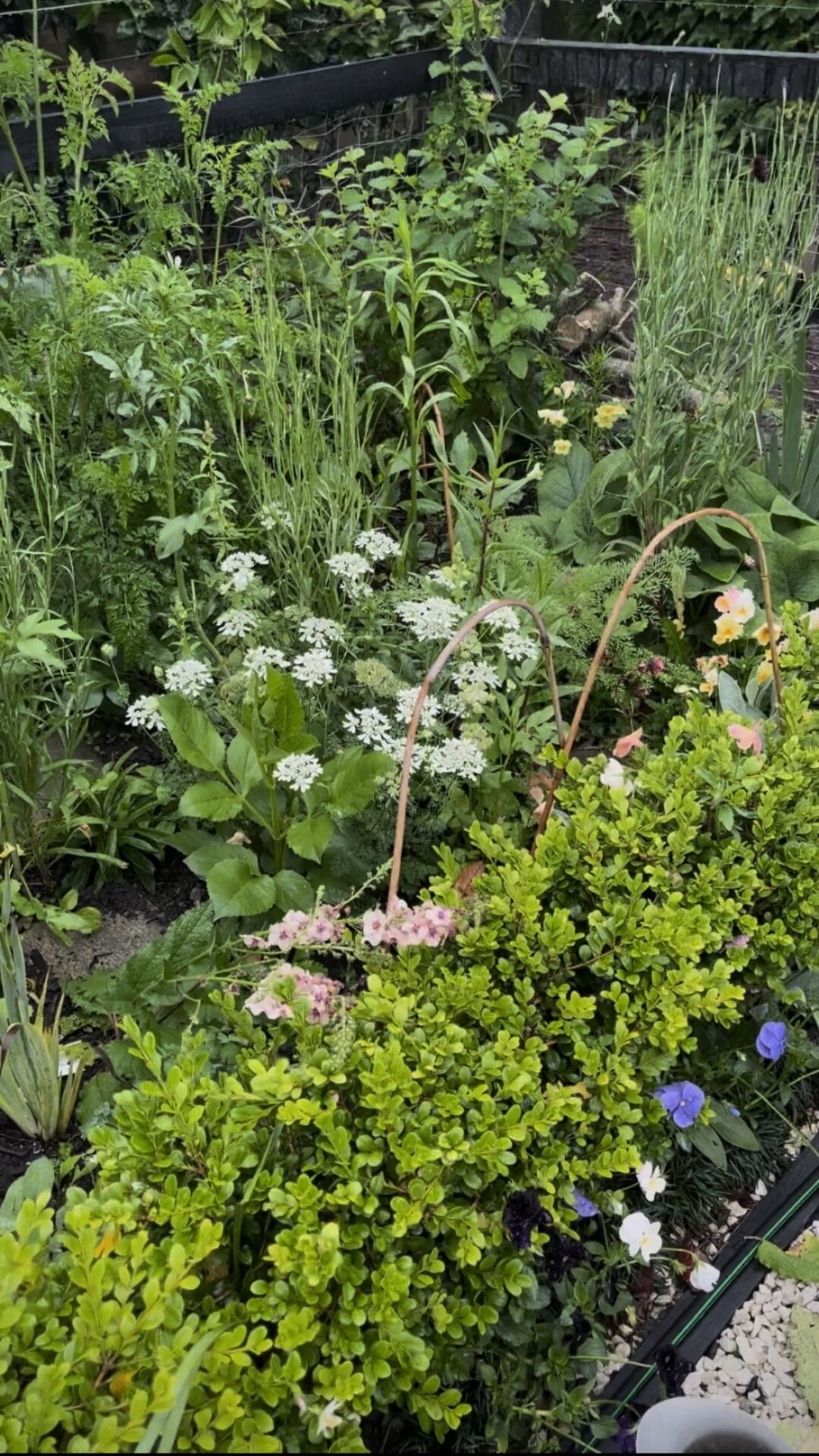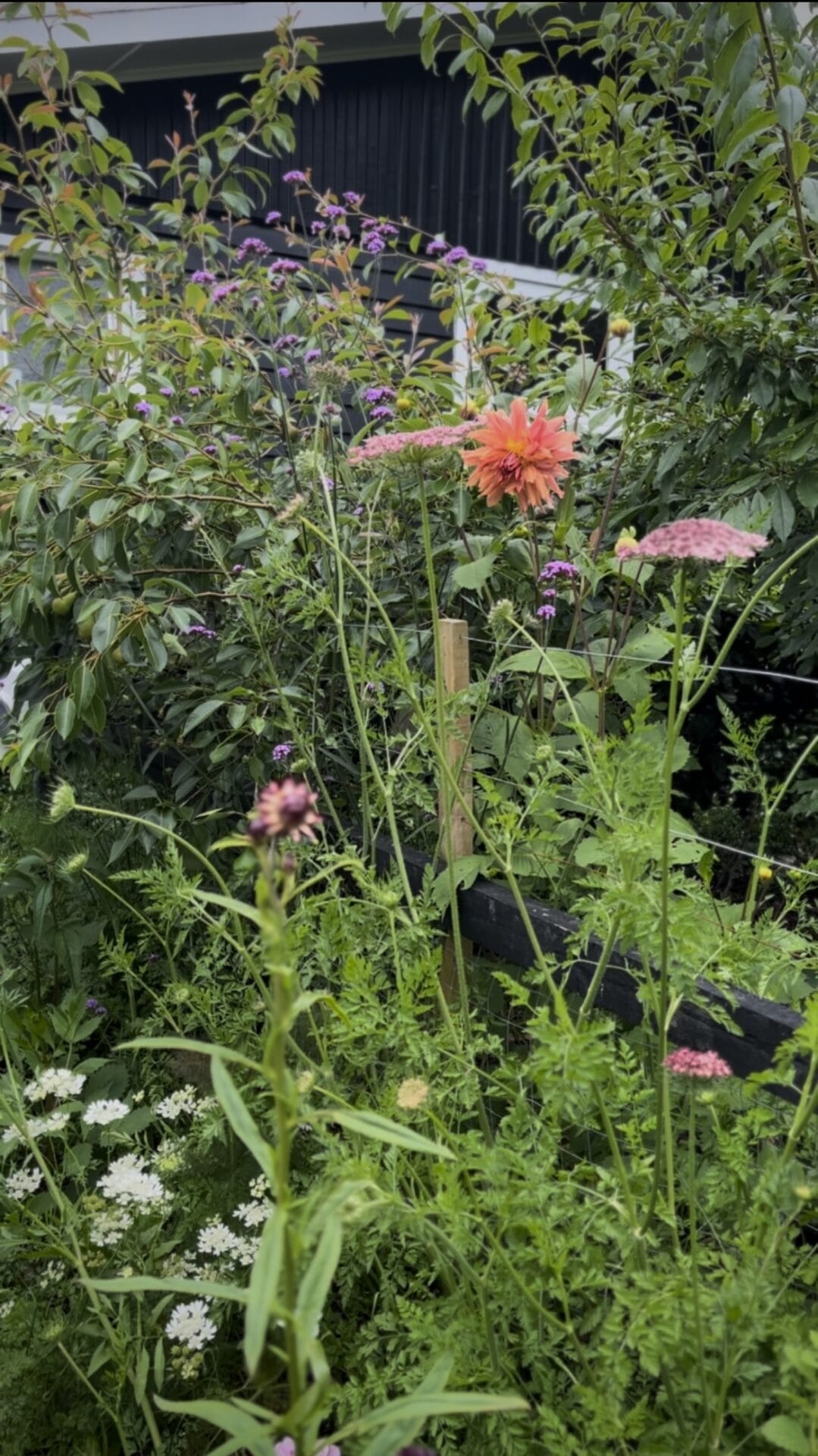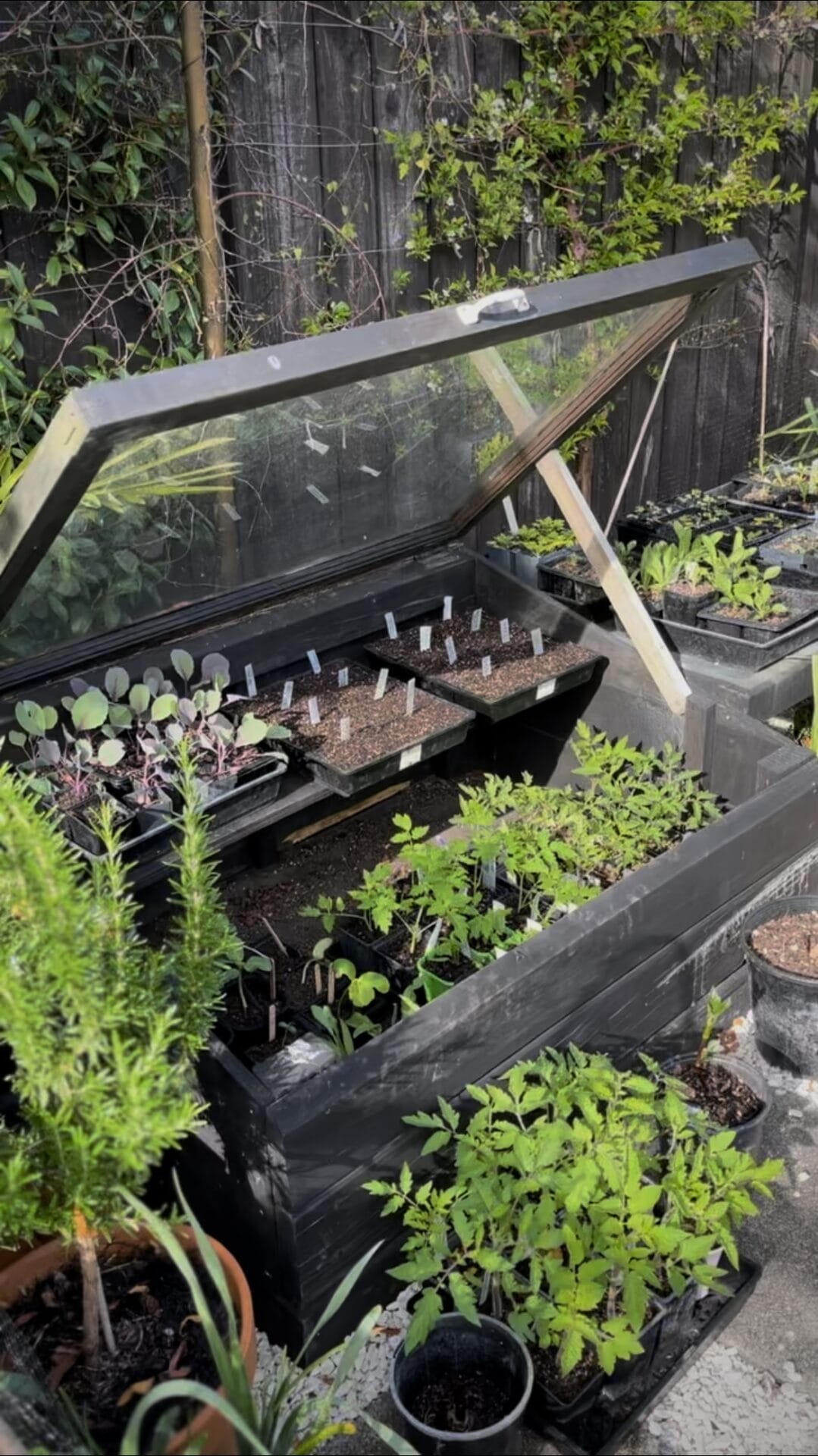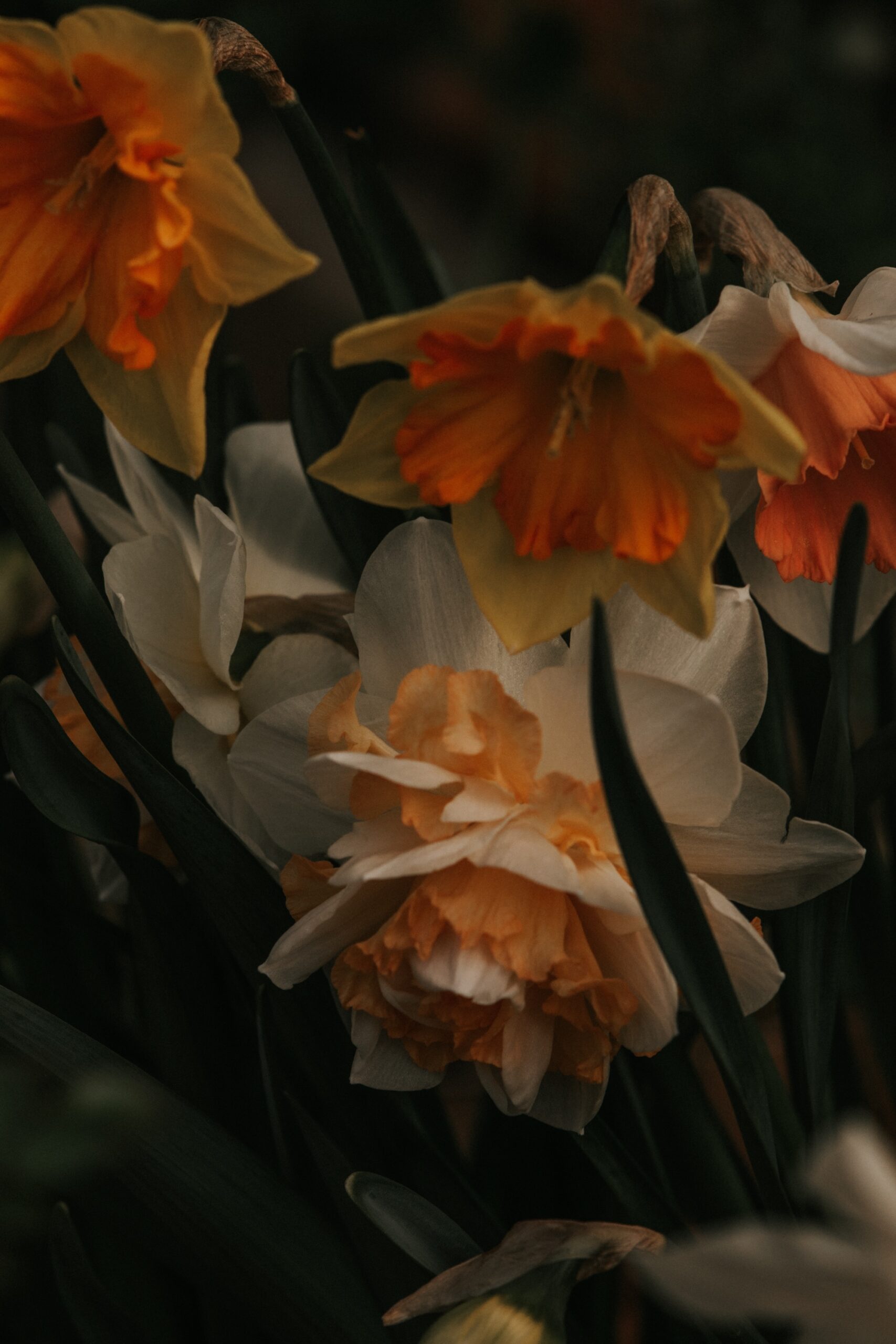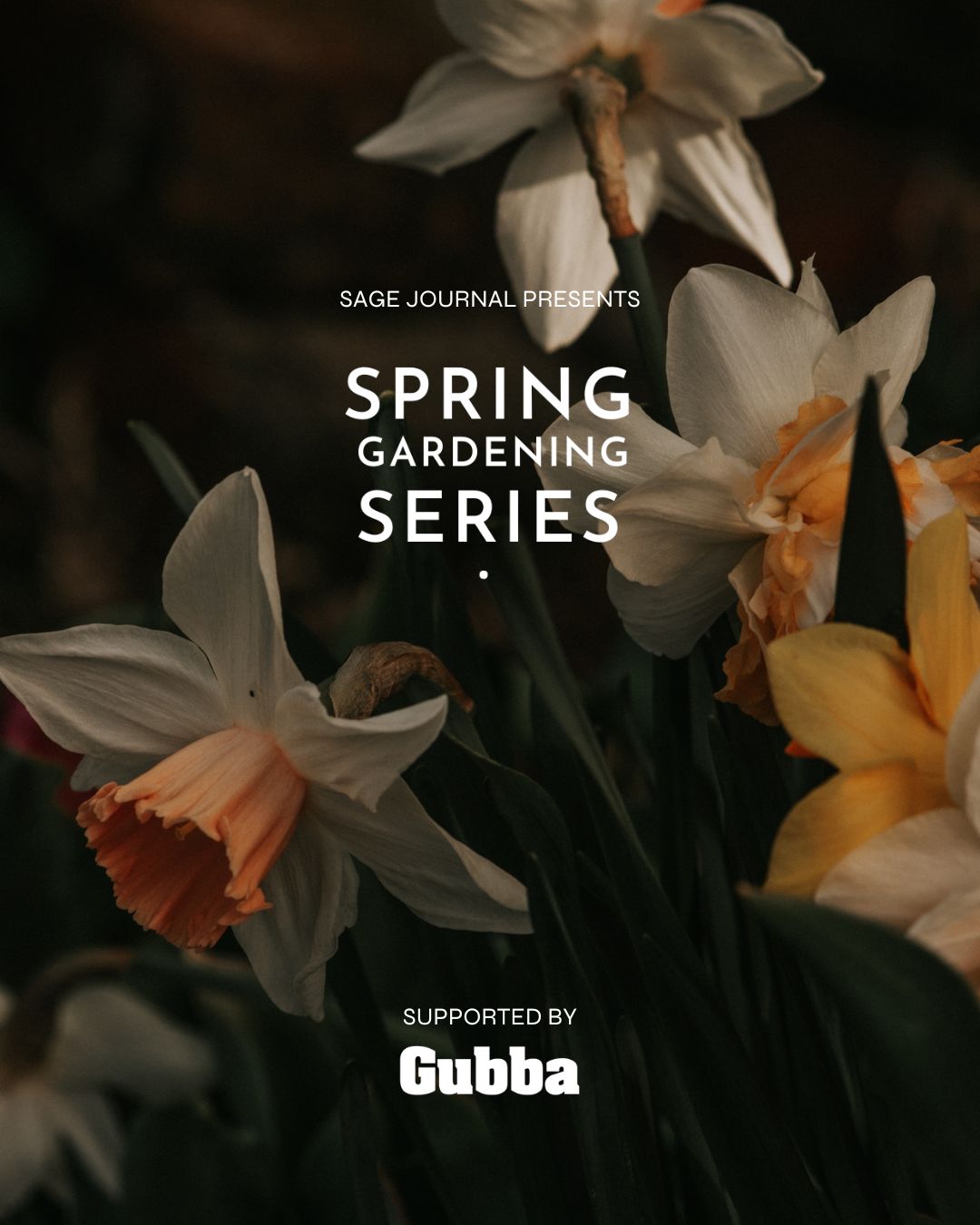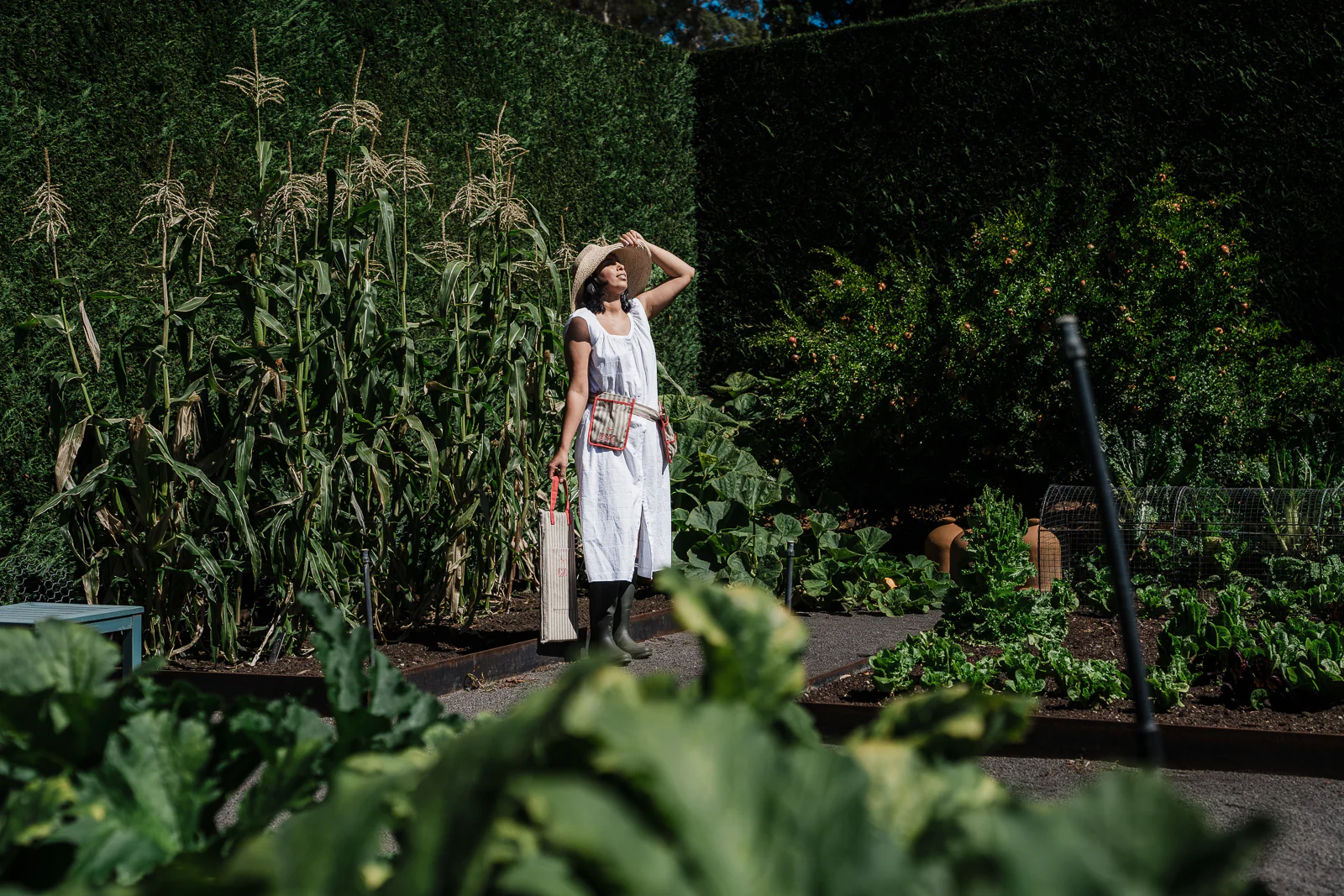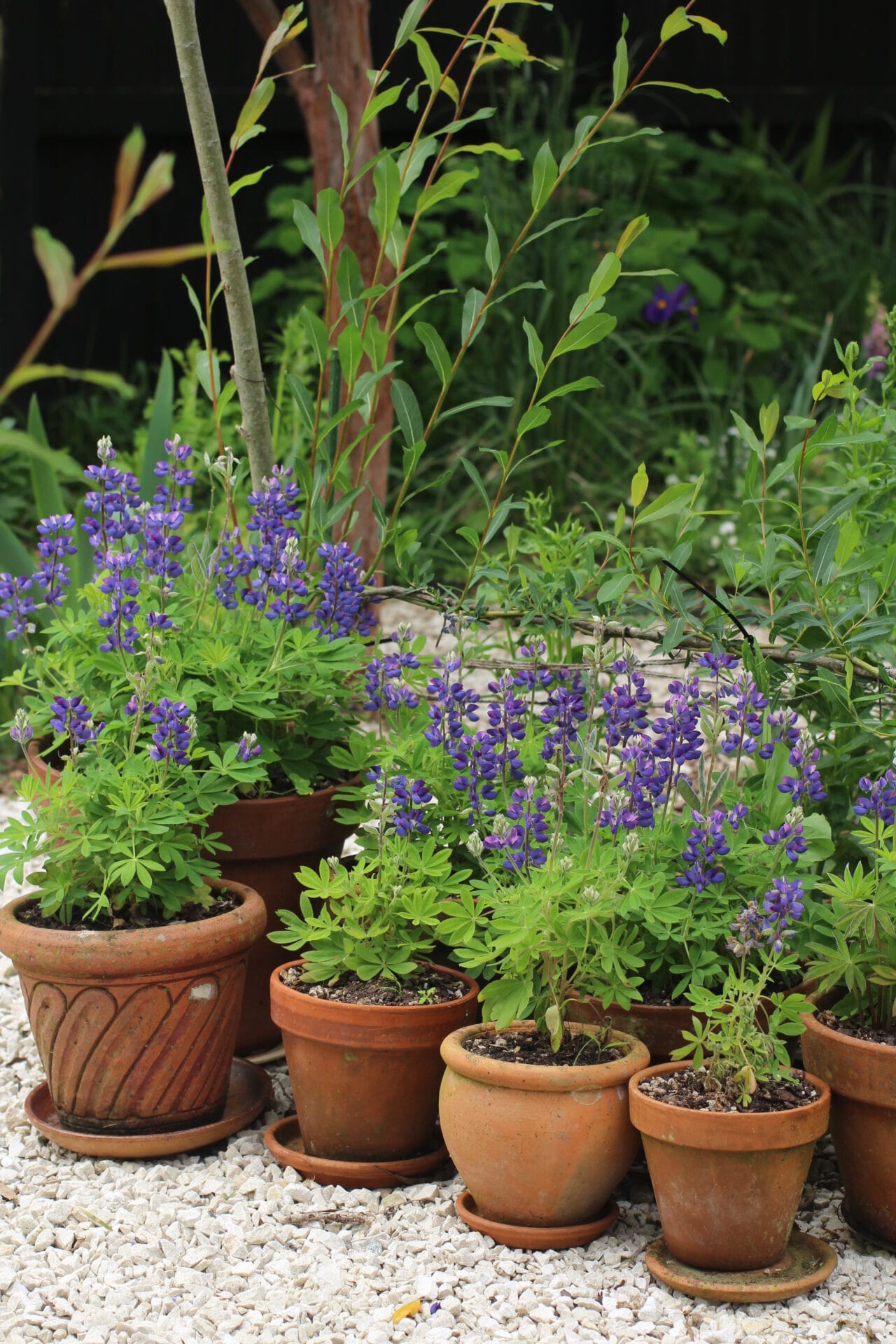Feeding, sowing & planting. What to do & plant in your garden in spring.
The 2025 Spring Gardening Series is supported by Gubba Garden Store.
Just like spring cleaning your house after the long winter, a similar approach can be taken in the garden. Tackling tasks bit-by-bit to get your outdoors ready before summer arrives.
The warmer weather will see us planting so many delicious flowers and edibles – fruit trees, berries, vegetables and herbs.
We’re excited to guide you through spring in your garden – and by summer your garden will be bursting!
But first, we’ll leave you with this quote below, written by one of our garden writers Phoebe Atkinson… can any of you relate?
“Early spring’s first bluebird days are irresistibly alluring. The light is brighter, the woolly layers are fewer, and the green of the garden more vivid than any other time of the year. What often starts out as a brief afternoon peruse of the beds with a few weeds pulled here and a quick tidy up of leaves there can quickly turn full-scale and before you know it, someone’s asking if dinner is happening tonight…“
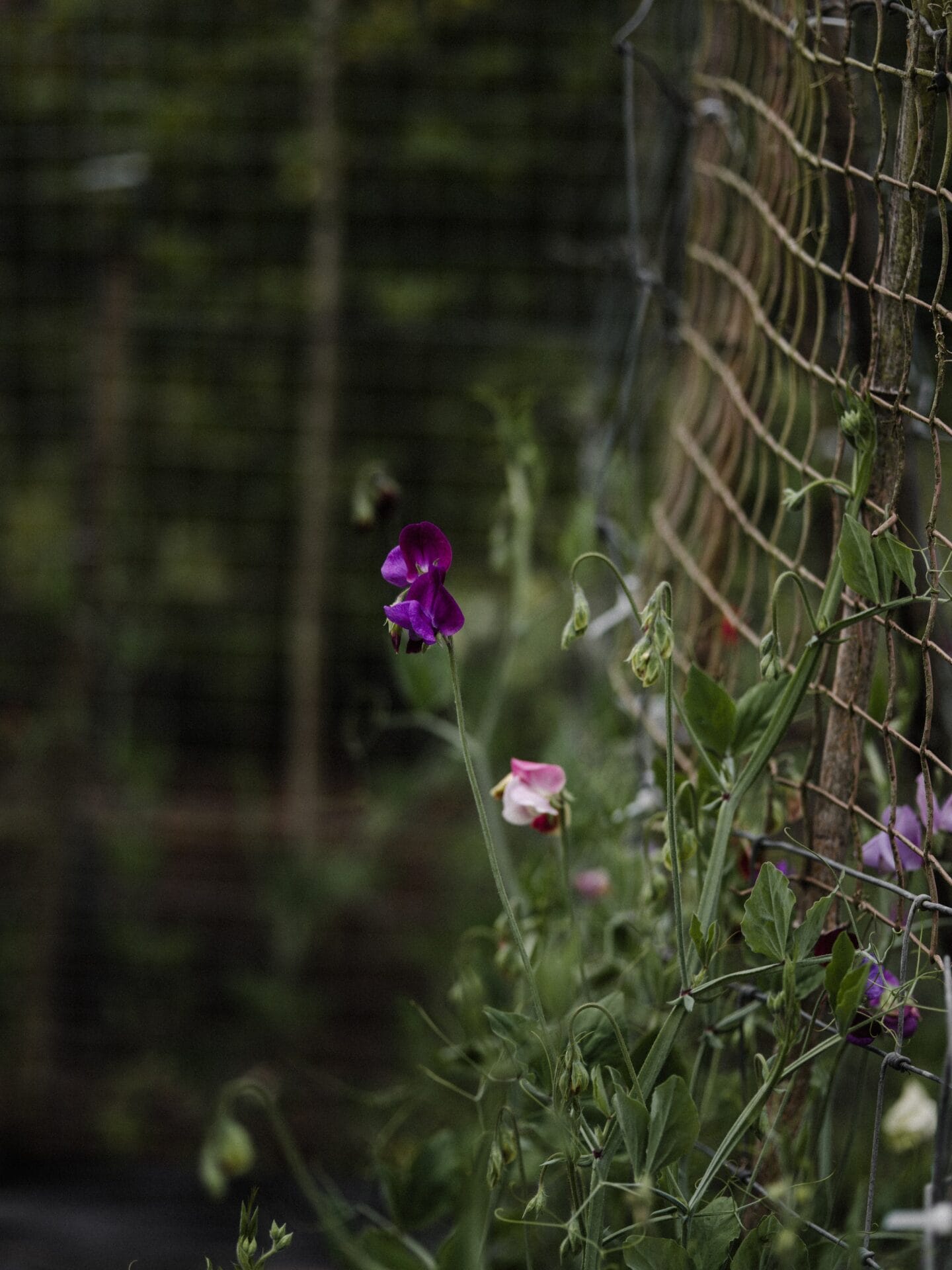
Spring tasks: Overview
Here is a quick overview of some of the key spring tasks to tackle over the coming months:
Sow seeds
While some seeds may have been sown in late winter, seed sowing starts in earnest in early spring and the range of vegetables and flowers that can be sown this month is the widest of the whole year. Consistent temperature of 20-25 degrees is the key to super successful germination, and full light as soon as seedlings emerge will ensure they’re robust. A heated seed mat is a dream situ, but the top of the fridge or the cosy tech storage cupboard will suffice if monitored frequently for signs of life.
As a general rule, plant seeds as deep as the size of the seed (e.g. a 5mm size seed should be planted 5mm deep).
Hardscaping maintenance
Paths, paving and pool edges may have become slimy or mossy from the lack of sun and increased moisture over winter. Get the waterblaster out, or a hose and a hard broom and give everything a good shrub. Now’s also a good time to wash down outdoor furniture to remove pollen, spiderwebs and grime – ready for lots of use in the warm days to come!
Labour Weekend planting
With fewer morning frosts but still enough moisture and warmth in the soil, Labour Weekend (Oct) is a great time to plant out summer veggie seedlings. Things like tomatoes, chillies, eggplants, capsicums, beans, peas, kūmara and potatoes.
Plant seed potatoes
Plant seed potatoes now if you’re wanting fresh new potatoes for Christmas. Potatoes are super easy to grow in a bag, pot or garden bed.
Plant summer bulbs
Plant summer flowering bulbs now. Try dahlias, gladioli, calla lilies and irises.
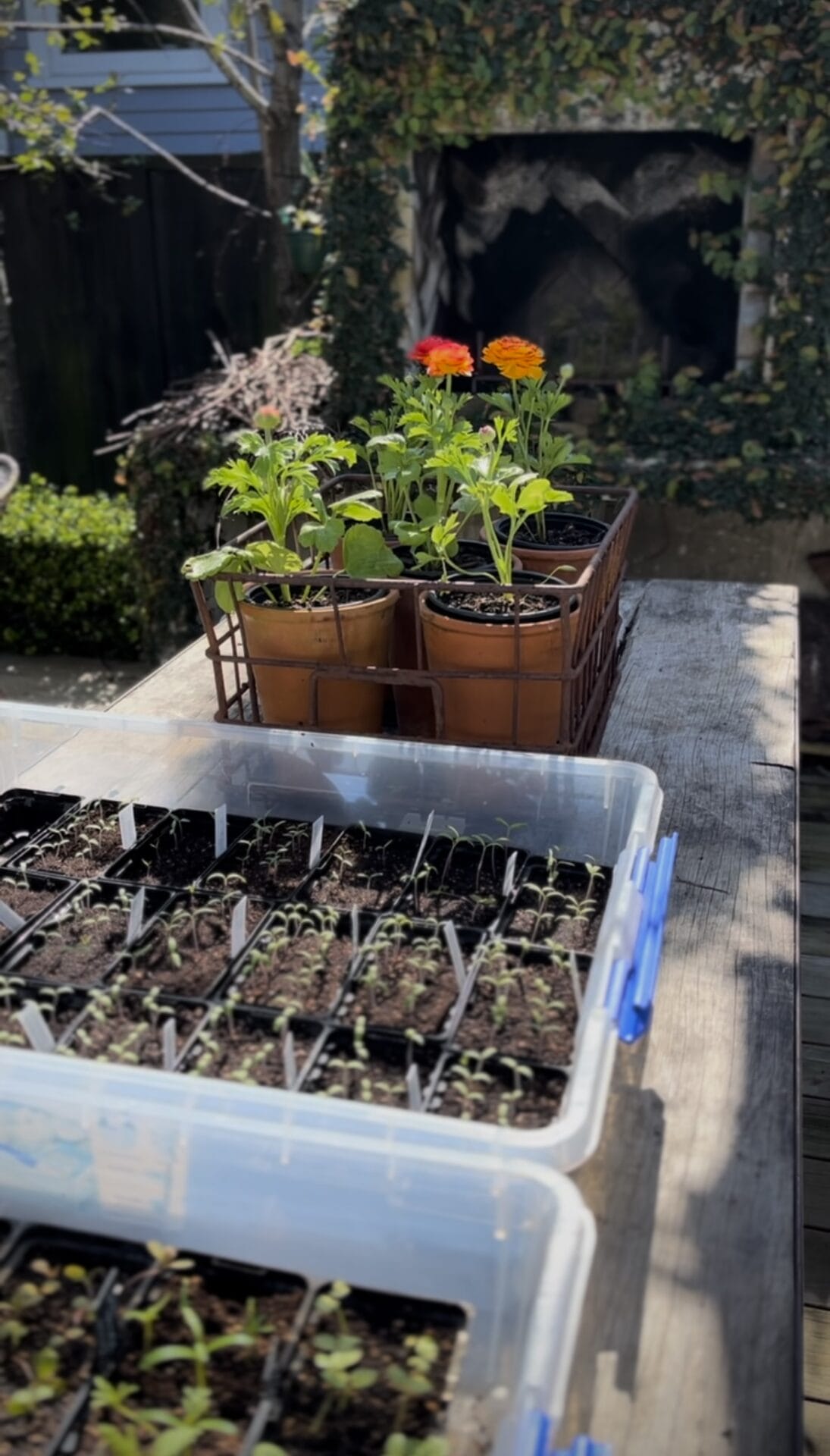
September garden to-dos:
This early in spring nature’s energy still feels stored and potential, just waiting to be unleashed once the certainty of warm air and soil are here to stay. It is a month of preparation as much as action with the focus – as often as not in the garden – on the soil.
A good proportion of gardening’s joy comes from seeing the foresight you had 6 months ago come to fruition. Spring bulbs are a prime example. Firstly there’s the back-patting that comes with getting the bulbs ordered and planted in time. Secondly, the anticipation and jubilation watching the first spears pierce the soil, and finally, the greatest sense of delight at the first – and every consecutive bloom’s arrival.
That being said, other than the obligatory dahlias, what tasks might you tick off this spring that will have you in hearty self-congratulation come autumn?
Order chrysanthemums
These old fashioned beauties are due for a come back. Order a select few chrysanthemum plants for some autumn glory.
Divide and plant
Propagating by dividing plants is such a good way to save money, and share your plants with others. A good time to divide many perennials is just before their spring growth has begun. Dividing a clump of a well-established perennial will also encourage fresh, new growth.
Divide and plant autumn blooming perennials before active growth starts – eg. salvia, verbena bonariensis, Japanese anenome, echinacea, shasta daisy, achillea.
Cuttings
Take cuttings of dahlias and chrysanthemums to extend your stocks (or to grow to give away).
Prepare beds for planting
As plants begin to reawaken to new growth in spring, their need for food increases. As soon as soil temps rise (self-seeds and weeds popping up are a good indicator) and sodden soil begins to dry out, an application of some soil nourishers will prepare the soil well for later planting of both veggies and flowers.
Add layers things like seaweed (or seaweed-based products like OceanFert or seaweed plant tonic), compost, manure, sheep pellets, blood and bone and water plants with fertiliser teas. Mulch with leaves, pea hay or wood chips.
Plant hedging and larger screening trees, ready for them to get growing as soon as spring arrives.
Make liquid fertiliser
With months of a hungry garden up ahead, now is a great time to make liquid fertiliser from seaweed, comfrey or all of spring’s burgeoning weeds.
HOW TO: Half fill a lidded bucket with material, top with water and leave for 3-4 weeks until pungent and slimy. Strain, dilute roughly 10:1 and use as a foliar feed or add to a can when watering.
